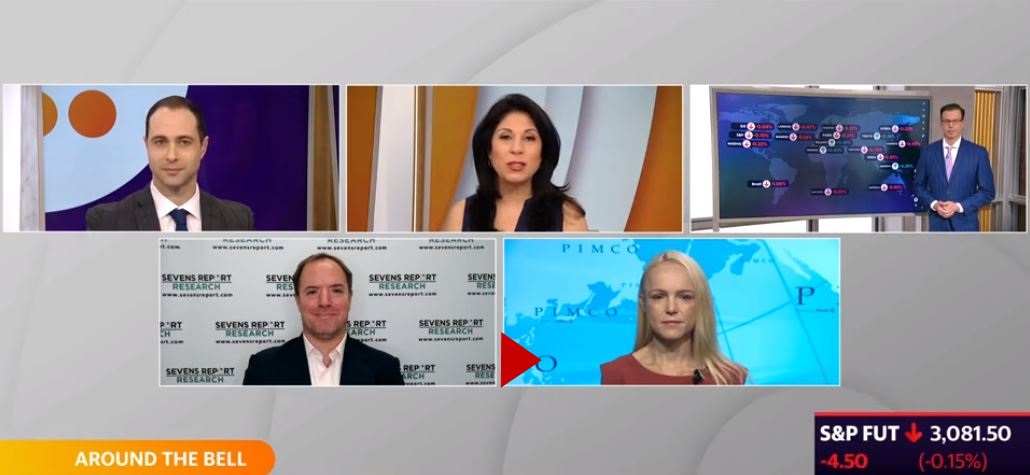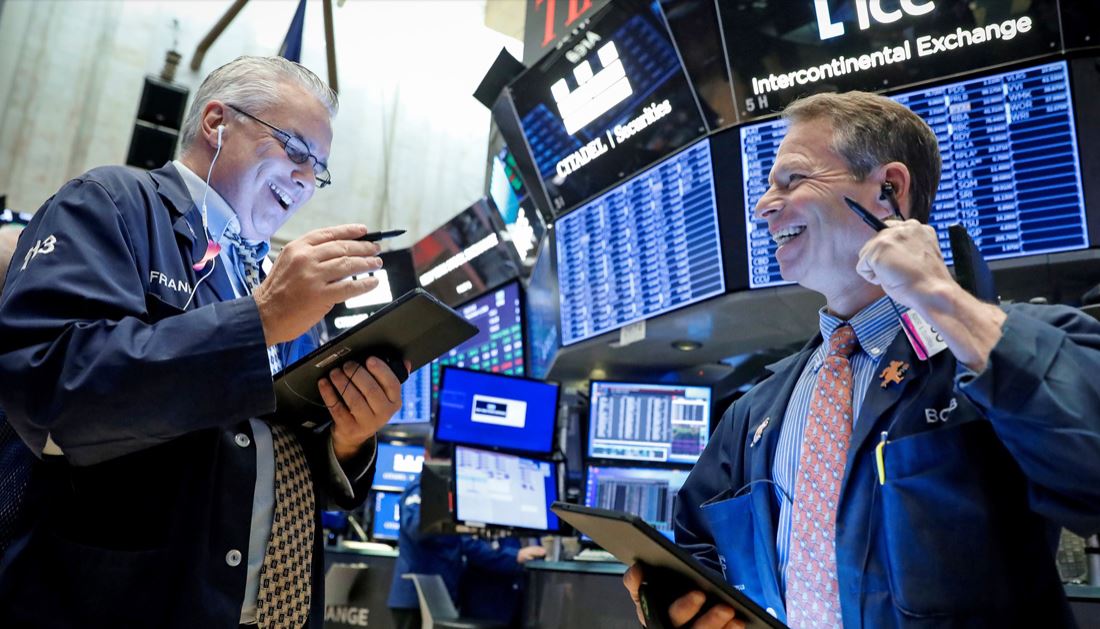Is Europe a Buy?
/in Investing/by Tom EssayeWhat’s in Today’s Report:
- How Powerful Is the Growth to Value Rotation?
- Is Europe a Buy?
Futures are edging higher in early trade while most international markets rallied on better-than-feared data overnight.
In Europe, the headline to the German ZEW Survey was a slight miss but business expectations rebounded to -2.1 vs. (E) -12.5 as recession fears continued to moderate.
In the U.S., the NFIB Small Business Optimism Index was 102.4 vs. (E) 102.0 another incremental economic positive.
With no economic reports today, focus will be on Trump’s midday speech in NY regarding the trade war. Additionally, there are two Fed speakers: Harker (1:00 p.m. ET) and Kashkari (6:00 p.m. ET).
The trade war is still by far the most important influence on the markets right now so whether Trump is negative or positive in his discussion regarding trade negotiations today will likely decide whether stocks rally or extend yesterday’s pullback this afternoon.
Tom Essaye Quoted in ETF Trends on November 7, 2019
/in Investing, Media/by Customer Service“The last 24 hours have seen a bit of whiplash in the U.S./China trade drama, as a potentially negative headline yesterday has been more than offset by a positive one this morning. But “it’s fair to say that at these levels…” said Tom Essaye, founder of The Sevens Report, in a note to clients. Click here to read the full article.
Tom Essaye Interviewed with Yahoo Finance on November 8, 2019
/in Investing/by Customer ServiceTom Essaye joins Yahoo Finance’s Brian Sozzi, Alexis Christoforous and Jared Blikre to discuss the latest market action on The First Trade. Click here to watch the full interview.
What’s Priced Into Stocks Now?
/in Investing/by Tom EssayeWhat’s in Today’s Report:
- What’s Priced into Stocks At These Levels?
- Weekly Market Preview: More Trade Updates Coming
- Weekly Economic Cheat Sheet: Key Data on Friday
Futures are modestly lower this morning thanks to disappointing U.S./China trade news and underwhelming economic data.
President Trump threw more cold water on the idea of existing tariff reduction over the weekend saying that the tariff reduction story was “over-reported.”
Economically, Chinese New Yuan Loans rose 12.4% vs. (E) 12.5%, while British IP & Q3 GDP slightly missed estimates.
Today should be relatively quiet as there are no economic reports today and no Fed speakers due to the Veteran’s Day holiday. The bond market is also closed.
However, any trade news/commentary could cause larger than normal volatility given expected holiday trading volumes, so we’ll be watching the tape closely.
Tom Essaye Quoted in Stock Investor on November 6, 2019
/in Investing/by Customer ServiceTom Essaye (TE): Buybacks have been a factor in the market over the past couple of years. Basically, buybacks occur when a company uses cash (either its own or borrowed money) to purchase shares of stock in the open market. A company then essentially “retires” that stock, thereby taking it out of circulation, which reduces or “floats” the total number of shares outstanding…
Click here to read the full article.
Tom Essaye Quoted in MarketWatch on November 7, 2019
/in Investing/by Customer Service“It’s a fair critique of corporate earnings to say that earnings “growth” in 2019 is a bit deceptive as the value is being financially engineered by corporate finance departments, not organic, core-business growth. Companies aren’t making any more money than…” wrote Tom Essaye, president of the Sevens Report, in a Wednesday note to clients. Click here to read the full article.
Tom Essaye Quoted in NBC News on November 7, 2019
/in Investing/by Customer Service“The market is already partially pricing in removal of the tariffs that were implemented on Sept. 1. That also means the risk is of disappointment is now real on an actual phase-one announcement, because if all we get is…” said Tom Essaye, founder of The Sevens Report, in a note to clients. Click here to read the full article.
Bond Yield Breakout
/in Investing/by Tom EssayeWhat’s in Today’s Report:
- Did Global Bond Yields Finally Breakout?
Futures are slightly lower following a quiet night as markets digest Thursday’s “tariff reduction” headlines while economic data continued to show mild improvement. There was no new trade news overnight.
Economically, Chinese and German exports slightly beat estimates (Chinese exports down –0.9% vs. (E) -3.9%), German exports up 1.5% vs. (E) 0.3%) in another sign that global growth may be stabilizing.
Today there is just one economic report, Consumer Sentiment (E 96.0) and three Fed speakers, Daly (11:45 a.m. ET), Williams (8:00 p.m. ET) and Brainard (8:45 p.m. ET) but none of that should move markets as U.S./China trade is totally dominating the market narrative right now.
Given that, any confirmation of immediate tariff reduction with a phase one agreement will extend the rally in stocks and yields, while any contradiction of yesterday’s tariff reduction headlines will weigh on markets.
Tom Essaye Quoted in MarketWatch on November 5, 2019
/in Investing/by Customer Service“Right now, markets are strong, and momentum is clearly higher, as the market is seizing on any positive trade utterance or economic data point…” wrote Tom Essaye, president of the Sevens Report, in a Monday note to clients. Click here to read the full article.






